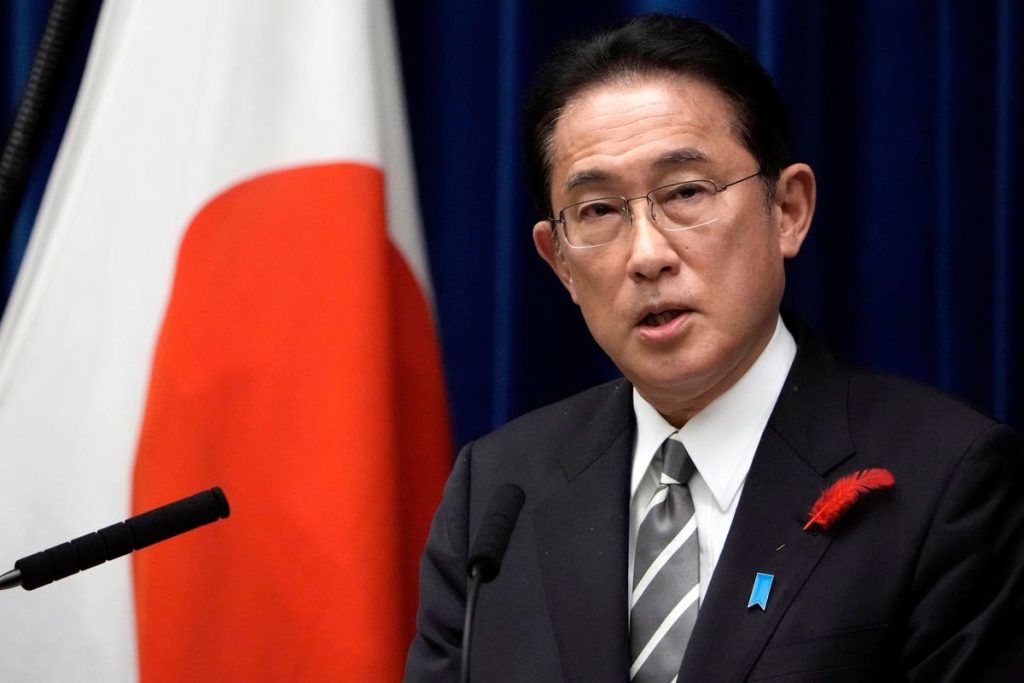Japanese Prime Minister Fumio Kishida had made no secret of his intention to use his position as chair of the Hiroshima G-7 meetings to line up these powerful economies – Canada, France, Germany, Italy, Japan, the United Kingdom, and the United States – to counter Beijing’s unfair and often bullying trade practices. He has succeeded.
The 41-page G-7 communique does make overtures to China, but more significantly, it also decries what it calls Beijing’s “coercive tactics.” More pointedly, it speaks of freeing the G-7 economies from such practices by “de-risking” if not outright “de-coupling” them from China. The seven nations meeting in Japan have further created an initiative to, in the words of the communique, “increase our collective assessment, preparedness, deterrence, and response to economic coercion.” U.S. Ambassador to Japan Rahm Emmanuel explained that the frequency with which Beijing turns to coercion requires a coordinated rather than the piecemeal approach followed thus far.
As is ever the case with G-7 communiques (or any communication fro an international organizations), this one lacks specifics on what members might do to parry unwanted Chinese policies. Some at the meeting held up as a model a recent European Union (EU) agreement to impose special tariffs on any nation practicing intimidation or otherwise violating normal trade practice. If the G-7 communique stopped short of leveling such threats, it did make clear that any unacceptable action, by Beijing or any other nation, would meet a coordinated G-7 response.
Prime Minister Kishida had great support in his effort from the United States. Washington has exhibited considerable hostility toward Beijing’s trade practices of late, complaining openly about Beijing’s use of industrial subsidies, laws that demand buying only from Chinese sources, and its insistence that foreign firms operating in China have a Chinese partner to whom the foreign firm must transfer its proprietary technology and other trade secrets. Washington further has taken steps to counter such Chinese policies with legislation that offers subsidies to firms that open semiconductor factories in the United States and that forbids the sale of advanced computer chips and chip making equipment to China. The present administration has also left in place the tariffs first levied by former president, Donald Trump, to pressure Beijing to reform its practices.
If Prime Minister Kishida knew in advance that he had Washington’s support for his agenda, the European members of the G-7 were an open question. Germany has a great deal of trade with China and its leaders had only just visited Beijing to secure still other trade deals. What is more, German officials had only recently complained that Washington had taken a too “confrontational approach to Beijing.” French President Emmanuel Macron also had only recently visited Beijing where he had stressed France’s desire for “strategic autonomy” from both the United States and China. Italy had actually joined Beijing’s Belt and Road initiative, though recently Italian officials had suggested that their country might leave the arrangements, and Italian Prime Minister Giorgia Meloni had emphasized that Italy could leave the Belt and Road and nonetheless have good relations with Beijing, as do Paris and Berlin. In the end, however, all these nations and Canada joined Japan, the United Kingdom, and the United States in signing the joint G-7 statement.
Beijing responded quickly and furiously. China’s Foreign Ministry condemned the G-7 communique for “smearing and attacking China,” adding that it was “grossly interfering with China’s internal affairs” and that it would “hinder international peace.” Shu Jueting, spokeswoman for China’s Commerce Ministry, said that China, unlike the G-7, “brings cooperation and opportunity to the world, not confrontation and risk.” She called out the United States and especially Japan for export controls on 23 types of chip-making equipment.
The G-7 agreement, including Beijing’s predictably angry response, must have greatly pleased Prime Minister Kishida. He clearly had this as his goal. Now comes the hard part: getting these nations to coordinate responses to China, as the communique suggests. France and Germany remain suspect in this regard. They have many times in the past tried to triangulate between Beijing and Washington. But still there is some reason to expect a united front aimed at reform in China. Such reform could serve France’s and Germany’s own trade interests, even if narrowly conceived, and there is also the EU’s retaliatory agreement. Guarantees never exist in the world of trade and diplomacy, but there is still reason to expect some progress as a result of this G-7 agreement.
Read the full article here










